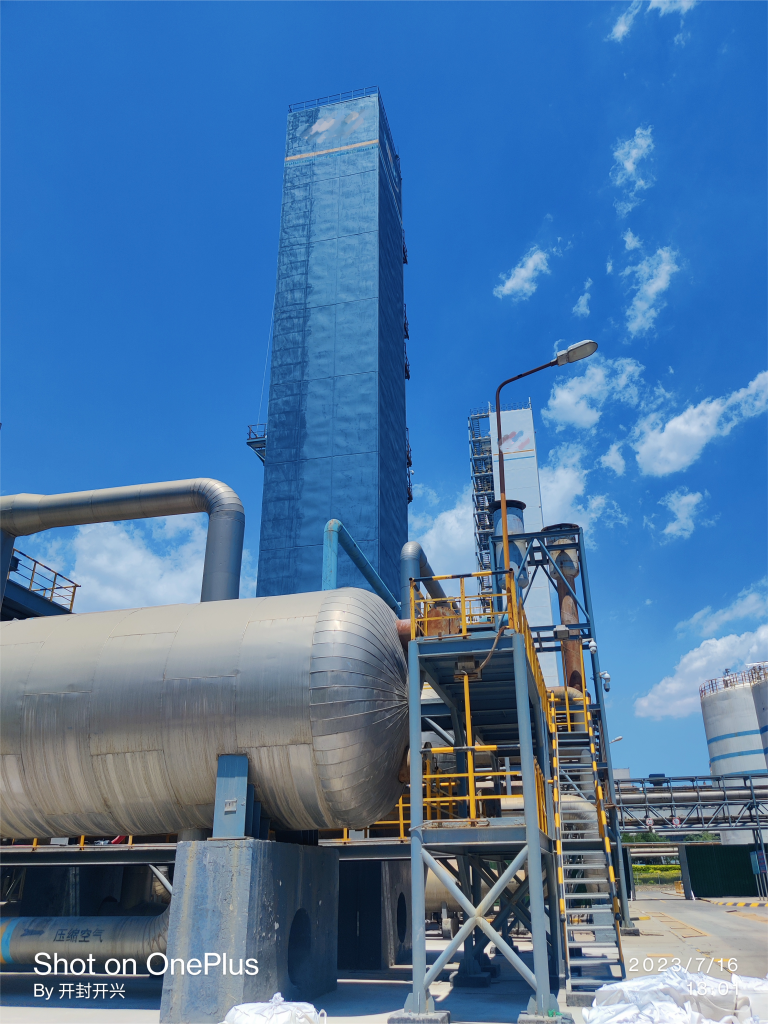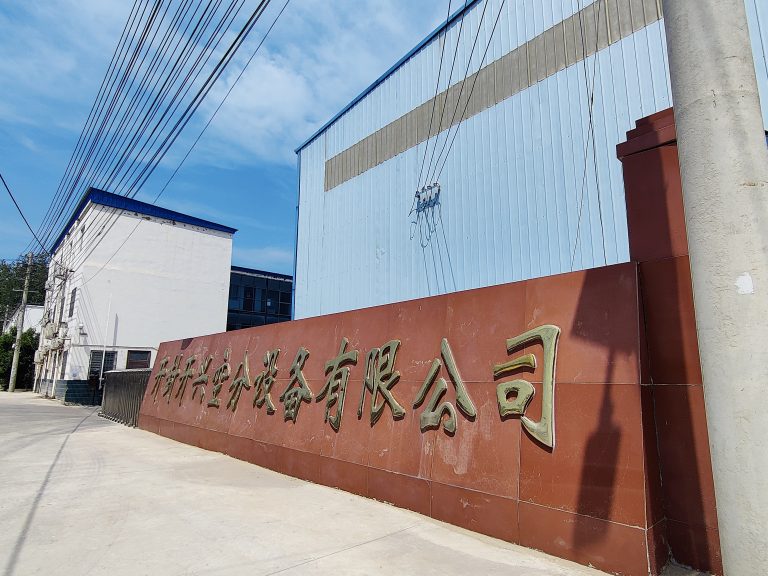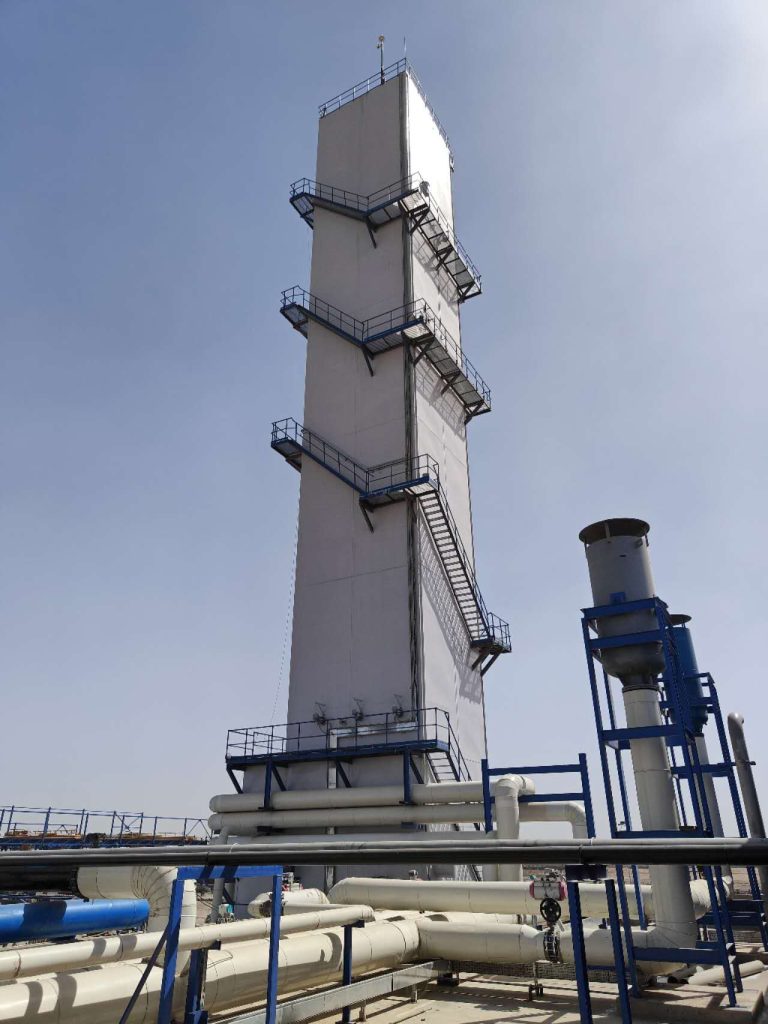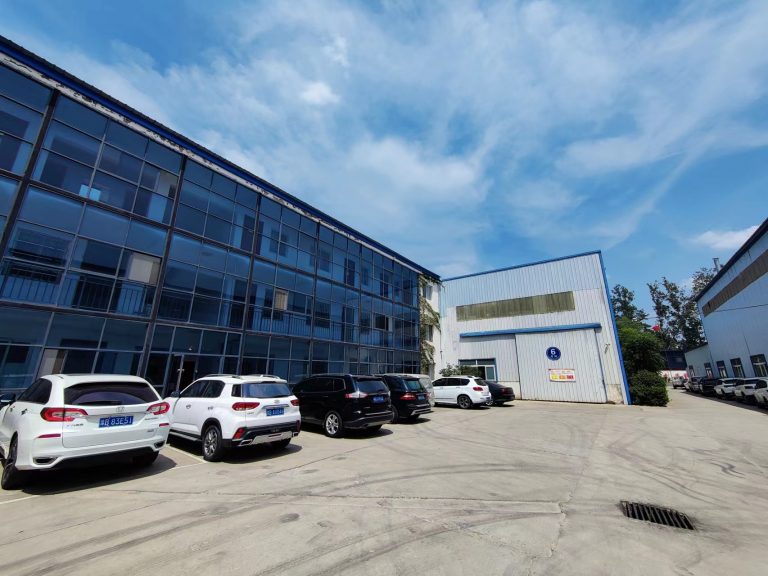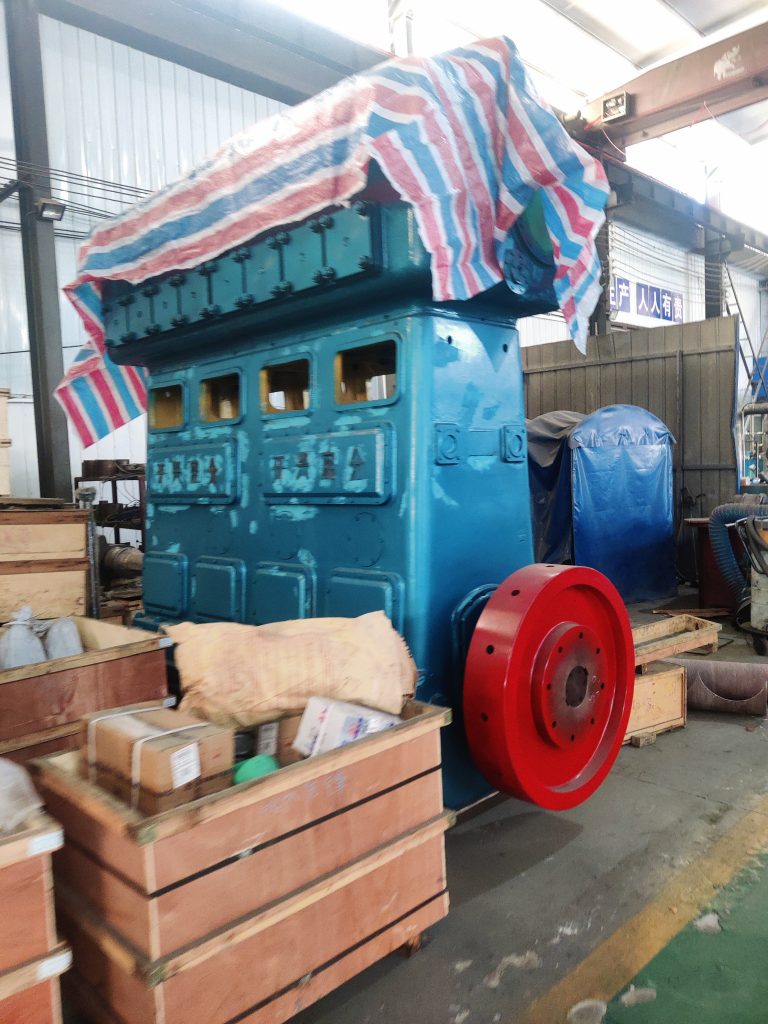
For chemical technical personnel with knowledge in chemistry and chemical engineering, the most challenging aspect of learning air separation technology lies in understanding cold capacity, cold capacity balance, and refrigeration. Heat is a fundamental concept in chemical thermodynamics, and heat balance is a crucial knowledge that must be mastered to comprehend thermodynamics. However, the concept of cold quantity proves difficult to grasp as there seems to be no accurate definition available in cryogenic air separation textbooks. This obstacle hindered my progress in understanding cryogenic air separation since I couldn’t fully comprehend the notion of cold capacity. Consequently, I had to begin by studying the cold capacity balance repeatedly within the cryogenic air separation textbook and power calculations; yet still failed to find any mention or explanation of cold capacity itself. Instead, only enthalpy values were provided along with various mathematical operations such as addition, subtraction, multiplication, and division related to work calculations. Suddenly it dawned on me that this so-called “cold capacity balance” was actually referring to heat balance – albeit a specialized form thereof. What makes it special? Well, it necessitates liquid output for its existence; without liquid output, an imbalanced system cannot maintain its supply of cooling capability (i.e., cold capacity). With this realization came an understanding that there is no direct reference or trace of “cold quantity” within the context of achieving equilibrium through balancing cooling capabilities (i.e., maintaining sufficient liquid output). Henceforth arises the question: how can we provide an accurate definition for “cold quantity”?

